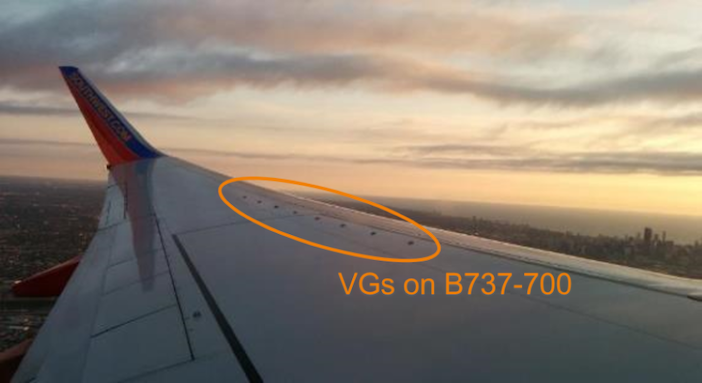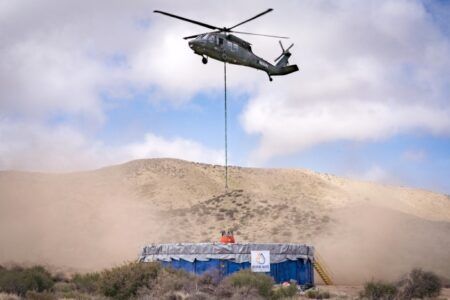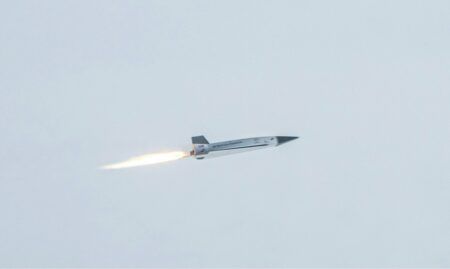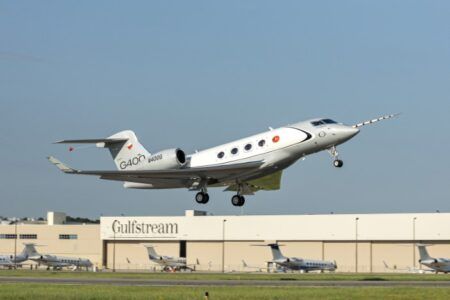Researchers from the USA have developed and tested a plasma actuator, a device that creates an electric spark on an aircraft’s wing, to help control it during take-off and landing.
The plasma actuator works in a similar way to vortex generator vanes by generate rotating air across the wing for better lift, but crucially do not incur a cruise penalty from aerodynamic drag like vortex generators.
Vortex generator vanes are fin-like appendages which are fitted near the leading edge or just upstream of surfaces that help control aircraft during take-off or landing.
The project, which has flight tested the plasma actuator on a drone, was conducted by the University of Illinois Urbana-Champaign and aerospace development firm CU Aerospace
“We came up with an idea in the lab for an alternative to the little fins, but what makes this device different is we use active plasma actuation,” said Phillip Ansell, researcher and assistant professor in the university’s Department of Aerospace Engineering.
According to UI, the design of the actuator featured a centre high-voltage electrode placed within the inner diameter of a ring magnet. The ground electrode was placed around the outer circumference of the ring magnet, which provided the force required to rotate the plasma discharge and modify the flow.
In the experiment, the researchers were reportedly able to visualize the thermal effects of the plasma discharge, which showed a plume of warm air rising above the actuator along with a swirling effect. The velocity data were used to identify the existence of a vortex structure above the electrode gap. The identified vortex swirled in a direction that is consistent with the direction of rotation of the plasma filament.
“This experiment was done in what we call quiescent flow, which is still air in a box,” Ansell said in a statement. “But, at least initially, it does appear this technique can produce reduced stall speed if integrated into an aircraft, meaning that we can we can turn these on and push the aircraft harder to get more lift out whenever it’s needed, and turn them off to reduce drag during cruise.”
David Carroll, president of CU Aerospace said: “A huge volume of fascinating experimental data were generated during the course of the Phase I and II efforts that may take years to fully analyse. The program showed that increasing power into the plasma actuators produced stronger vortical structures.”
Since completing the initial work, the Illinois and CU Aerospace team has continued to work on the actuator technology. More recent developments have included testing to understand what happens when there is an air flow across it. They also integrated the actuators into an unmanned flight test aircraft as a further demonstration of the technology.
“In my mind, the most exciting results were that some UAV tests showed an increase in the maximum lift capability, that is decreased the stall speed, when the actuators were turned on – exactly the effect we were hoping to observe,” Carroll said.
Ansell said that in aerodynamics, small percentages of cruise penalty caused by drag add up quickly.
“If we can improve something by say, just a couple of percentages, you can save multiple millions of dollars in fuel costs every year,” he said.
The study – Experimental Characterisation of a Novel Cyclotronic Plasma Actuator – is published in the AIAA Scitech 2020 Forum.





